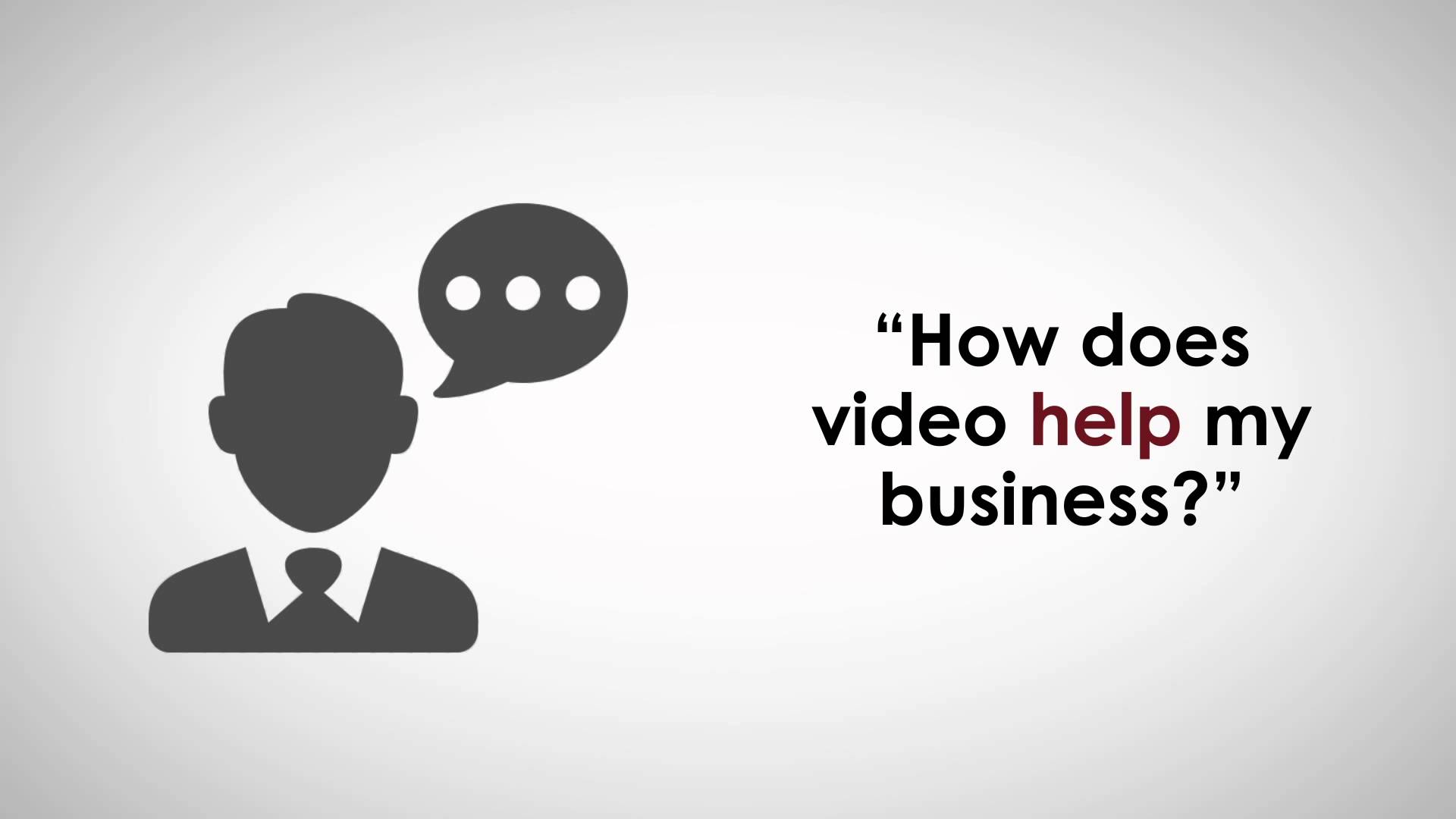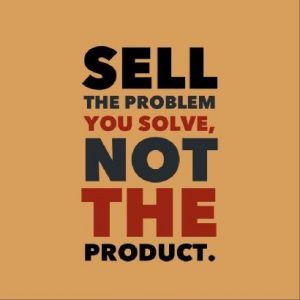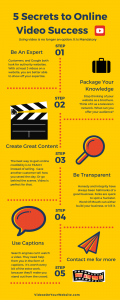
Planning a Video Shoot in SW Ohio? Use these tips:
Maybe your customers, or a vendor, or even a business coach has told you that you should have one or more videos on your website. Or maybe you’ve decided that you could use a training video instead of finding time to teach the same things over and over. What do you need to produce your marketing video? Your first big step should be finding a Cincinnati video production company. Let us make it easy for you with these practical tips.
Most small business owners have their hands full with just the day to day business. Even larger companies need advice on shopping for a production company. Sure, somebody could shoot something with their smartphone, or a consumer video camera, but the last thing you need is something that looks amateurish and isn’t even functional. Should creating a video be a big Hollywood-like production, or are there smaller, boutique creative firms that understand your business and can guide you each step of the way?
That’s why we’ve created this guide. Of course, we’d love for you to just hire us, but there are a lot of Cincinnati video production companies. We want to help find the right one for your project.
Why Should You Get Bids From Multiple Production Companies
Each one is different. Some are big; some are small. A few can actually help with scripting and show you what to do with your video afterward. Others might shoot weddings as their bread and butter and only produce corporate videos on the side. One of the biggest differences is equipment and the people who know how to use it. This goes not only for cameras and the stuff you see, but editing platforms, and the stuff you don’t see.
When you take these things into account, you can understand why looking and two or three companies will give you a better sense of what you need for your project. It may even spark a new idea or two.
A big budget production can mean multiple cameras, a large crew, fancy equipment that arrives in semi trailers. If that’s what you’re planning, you’re going to need a big video production company that you can hire, and then get out of their way.
On the other hand, if you have a story to tell, a factory tour, or just some compelling customer testimonials then you won’t need the complicated production gadgets. In this case, a smaller company could take care of your needs.
Here’s how to begin
Tip #1: Look at their samples
Most production companies, whether large or small, will have samples of their work on their website.
One of them will be the “sizzle reel”. This is simply a highlight video… a compilation of some of their neat shots. That will be them putting their best foot forward.
They should also have samples of actual client productions. If they have a samples or portfolio page, see if a variety of businesses are represented. If there are three videos for the same client, you may want to see what they do for other types of businesses. See if a business similar to yours is there.
Beyond the actual demos, see if that production company has produced something for… themselves. That make sense, doesn’t it? I mean, would you want your website designed by a company that doesn’t build their own website? Then why wouldn’t you want a video production company that doesn’t produce a few “About Us” videos?
Tip #2: Due Diligence
Once you’ve narrowed down the list to a few companies with videos you like, you’re going to want to vet them.
Is there a client list? Who has hired them in the past? Could one of them be a competitor of yours? Do they mostly work with Fortune 500, medium-size companies, micro-businesses… see any companies that seem to be about the same size as your business? Are there any in related industries?
At this point cost may also come into play. And you’ll find that most production companies don’t list any prices. The reason for this is that each project has its own unique challenges and budget
Still, if you’re a small business owner, you may be on a limited budget. That’s one of the reasons we’ve created video production packages for one-time, or multiple productions. We can price out the basics, and then get with you to take a look at any special needs or add-ons for your video.
So for each production company you want to look at, get on the phone and talk to them. While you’re at it, pay attention to how their phone is answered and their demeanor while talking to you.
While they’ll ask you a bunch of questions for your price quote, you should ask some as well, like:
• Is there a minimum cost?
• How do they charge? By the hour, day, video length?
• Make sure to ask if they’ll give you a fixed price, or will it change depending on how the production goes?
We have clients who were burned by production companies in the past. They thought the price was fixed, but things were added during the production process (extra shoot days, special equipment, more post-production time) and next thing they knew the price had skyrocketed.
It’s okay if it’s not a fixed price, but make sure the production company will agree to talk with you in advance of any additional expenses.
• You need to know what you’re getting for your money.
• Will they brainstorm with you? Will they come up with creative ideas and help you write them, or will they simply shoot and produce and be done with it?
• Ask about their process. Find out what’s involved, how long will the production take, and what is the approval process?
• Are revisions included in the price? If so, how many rounds and are there deadlines?
Tip #3: Getting it in writing
You’ve watched some sample videos and demo reels, you’ve found a company you can work with, and you have come to an agreement on price.
Some companies will put everything into a formal proposal. Others may leave the details in the contract. Whatever it is, make sure everything you’ve discussed is there. No one wants any last minute surprises. While I’m at it: have some respect for both the production company and the process. If they offer one round of revisions, don’t hold out for unlimited revisions with no increase in price.
Congratulations
You’ve Selected Your Cincinnati / Dayton Video Production Company
I hope I didn’t overwhelm you. There is a lot of factors that go into making the decision, but it’s all worthwhile. And now that you have this trusted guide, the process should be much easier.
And the good news? At the end… you’ll have a compelling message and a marketing edge that will work for you and your business 24 / 7 / 365.
–that’s a wrap
(c) 2018 Ron Harper Creative, llc





